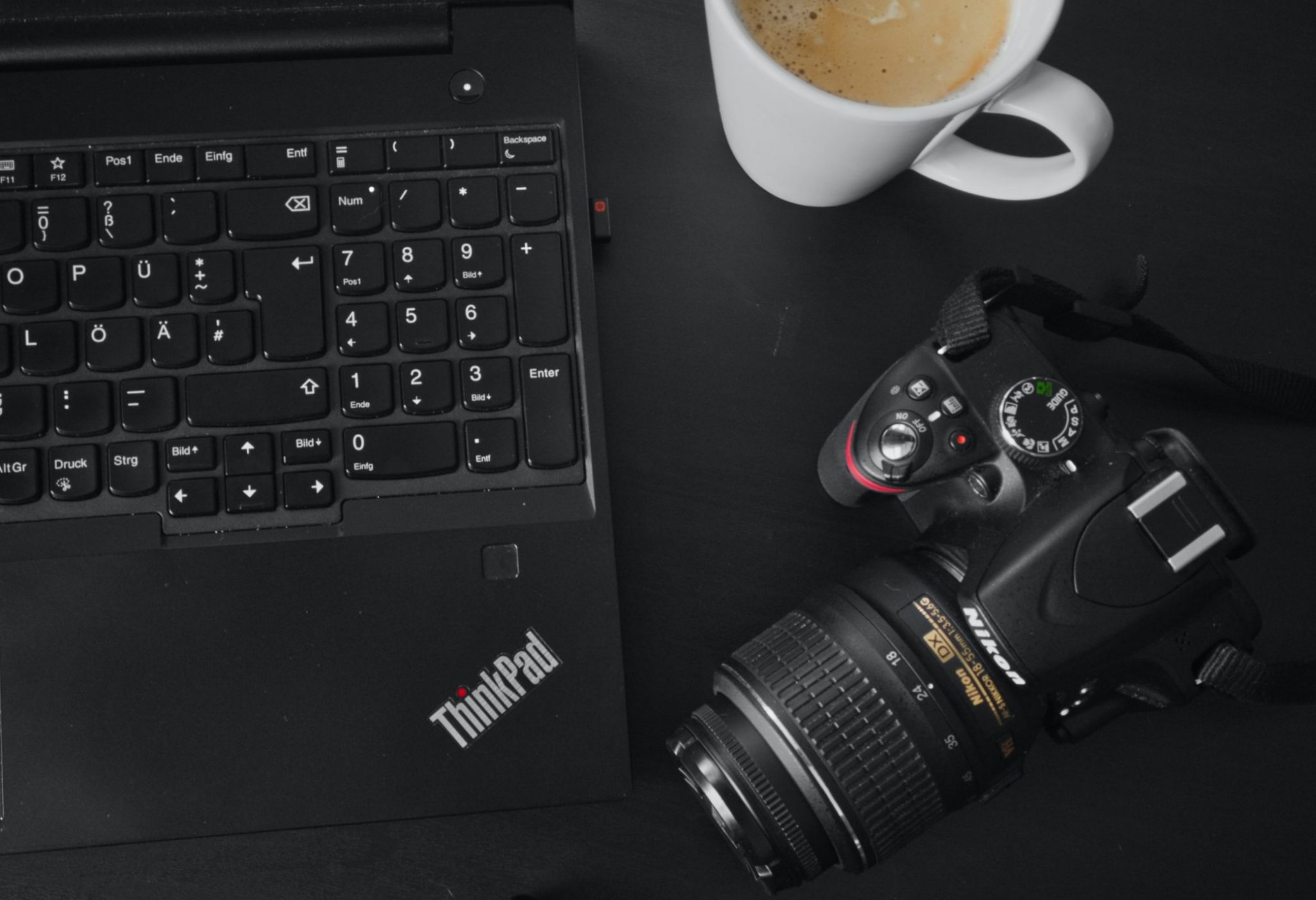
Planning & scheduling a wedding shoot with your client is itself an energy-consuming task. When you’re done with countless suggestions, meetings, and clicking thousands of images on the wedding day, it’s time to start the most time-consuming part of your job: post-processing.
Thus, selecting the best photo culling software is among the necessary requirements of faster workflow.
Your wedding photography workflow is the part of the job that clients never see (or think about) after the event. Post-processing for digital photography begins when you return to your office and continues until the client receives their final images.
Rating or rejecting photos and then deciding which ones to edit is not the quickest or most efficient way of culling and editing your client’s raw images. Don’t fool yourself into thinking you’ve selected the best photo this way.
In this blog, we’ll look at how the best photo culling software mentioned below can speed up your post-processing workflow by easily eliminating duplicates, removing unclear photos, arranging photos in desired folders, and ultimately saving you time with the help of AI integrated into it.
What do you mean by Post-Processing Workflow in Photography?

Post-processing is the process of editing the data captured by a camera while taking the photo to enhance the image. It is basically the process of enhancing your images further, either through editing or culling them out.
Simplification and standardization are the two keywords here because a well-established workflow process will help you simplify and speed up the process of working with images faster and allow you to stay organized, improve your efficiency, and bring consistency to your work.
Suppose you are thinking of starting your wedding photography business. In that case, you have to come to peace with the fact that post-processing is an industry-standard of the entire process, and you would surely need a way out for image processing those 200-300 images daily!
Like every problem has a solution, in this case, AfterShoot is the solution for easing your post-processing workflow by culling out all the miscaptured and duplicate photos, which otherwise would take you countless hours to do manually.
What is the purpose of clarity when editing photos?

You want your photos to be as sharp as possible. Of course, there is no substitute for good technique in the capture phase, but you would like to add something in the post-processing to make the pictures clearer and sharper.
You may already be adding sharpening, but how to add that extra crispness to make your pictures pop? The answer is clarity.
Clarity Slider is also an excellent spot tool and can be the perfect way to enhance your images in Lightroom. In addition, it can be used to adjust specific parts of the image accordingly, which is very significant in the photography business.
Clarity and focus in photography are two words that play heavily when you create plus evaluate a photograph. As a photographer, you should take these terms into great consideration when you pre-visualize the process involved to create a conceptual photo that tells a story.
When clarity and focus in photography are successful in the execution of your photos, chances are you’ve created an iconic photograph.
Tip: If you have noise in the photograph, then you can do the post-image processing using Photoshop. Photoshop gives you a lot of options to change/enhance the picture. Clicking in RAW mode would be more beneficial.
Every photographer has their own workflow and their own method of handling each step. As you gain experience in your business, you will start developing a workflow that suits your style and the industry standard. However, this will give you an idea of what to do after the wedding shoot is over to deliver the final product to your clients using an efficient workflow.
Ingest & Culling:

The best way to ingest your images into the computer is to copy the raw files from the memory card to your computer.
You could use your operating system to copy the raw files of similar images from your memory card to a particular folder on your machine, or you could use software like Adobe Bridge, Lightroom or Capture One to handle this process.
Remember that your time is money when you’re working on your wedding projects.
Apart from your feature images, you might not want to spend too much time working on each and every image that you have selected. Working on 500 images individually in Photo Mechanic can take an eternity and is an eye-bleeding job!
The more selective you are with the photos you take, the faster your post-wedding workflow will be. Alternatively, there are software, which culls images faster for you if that is within your budget.
The primary reason why investing in these software, like AfterShoot, is way better than just using any other photo editing software is because it runs locally on the user’s system and lets the user retain full control on the selections, and make it extremely easy to review and edit the selections made by AfterShoot.
With the help of AfterShoot, you can save hours and take back control of your time to focus on things that matter the most to you!
• How is an automated image culling solution better than manual culling?
Think about it this way.
You have come back from a shoot with 900 photos. By looking at so many photos, your mind is split in two, culling and editing.
So, as you start to cull your photos manually, you happen to find a photo you like and spend a few minutes editing, and then the process to cull starts again until you find another photo to edit and so on.
You can see how your train of thought gets broken and this way, frustration starts slowly to kick in!
Hence, you must manage your post-production effectively and efficiently, even though it requires you to invest in software that’ll help you save time and get more business.
Also, the sooner you deliver results, the happier your clients will be. Happy clients means more referrals, which means more business, and you know what that means 😉
• How do you organize thousands of images before culling?
Once you have your raw files on your computer, you must decide how you want to organize and sort them so that they do not end up scattered across your hard drive.
Wedding photographers organize their photos in a variety of ways, including assigning stars to favorite images, categorizing images with color combinations, creating personalized image groups, and much more.
If you’re dealing with years of images, you might want to start with the main folder for each year, then create subfolders for events, clients, specific locations, and so on.
Getting organized can be difficult, but once you have a system in place, the task of downloading and editing images becomes far less stressful.
While you are choosing your best images to send it to your client to let them select their favorites, make sure to also include your feature images as well. Feature images are the best of the best of your images.
Images where you have captured the reaction of the bride’s mom when she sees her daughter in the wedding dress for the first time, are those kinds of images that will make your clients go “Aw…” and maybe shed a tear of joy. These images are your money makers!
Editing Photos:

This is where the magic happens! You have your final number of culled images and can now begin your basic Lightroom edits.
Now the cropping, straightening, and adjustments for exposure, contrast, shadow, highlights, etc., come into play. Again, this part is very personal to each photographer, and this is where your style begins to emerge.
Two of the most popular photo editing software are Adobe Lightroom and Capture One. Capture One is a standalone piece of software, while Lightroom is included as part of the Adobe Creative Suite.
Now you might be wondering, what about Photoshop?
Most professional photographers post-process 95% of the images within Lightroom and only use Photoshop when they cannot fix something in Lightroom. Therefore, their workflow depends on whether an image needs further work in Photoshop or not.
Fast-track Tip: If you have a series of photos in the same lighting situation taken with the same camera, edit the first photo in the set, select the rest of the photos that match, then hit the “Sync” button to apply your edit to all of the photos in that set at once.
Why backup is important:

As photographers, we have a large number of images and other digital content that we need to protect. Therefore, you must back your client’s images up in several places as soon as possible.
No matter what solution you choose to store and backup your files, the most important thing is that you fully understand the system you have in place.
When you finally get your photos backed up in a few different places, it gives you peace of mind. You no longer have to worry if your client’s photos will get accidentally deleted. In addition, you have multiple copies, so if one fails you, there is always a backup.
If you have a small number of RAW images to store, cloud services like Google Drive & Dropbox will be feasible for you.
However, suppose you have many photographs and are looking for a good backup storage solution. In that case, there are many great software in the market today that are created specifically for professional photographers and videographers.
Conclusion
If you are a photographer, the question is not whether you have a workflow or not, but how good and consistent it is. This entire workflow process time will vary for every photographer.
With a lot of practice and with the assistance of some best photo culling software, like AfterShoot, you’ll surely witness some steps getting removed from your workflow and your post-processing time getting shorter!



